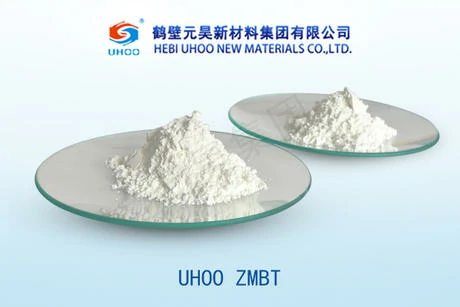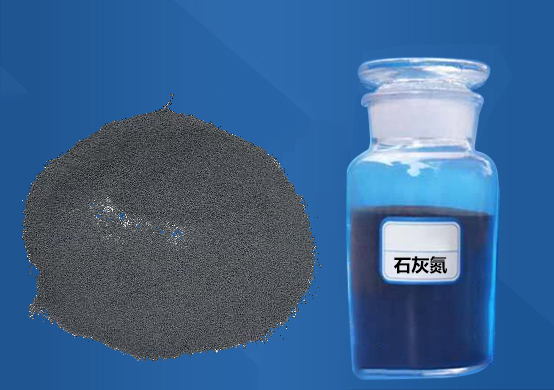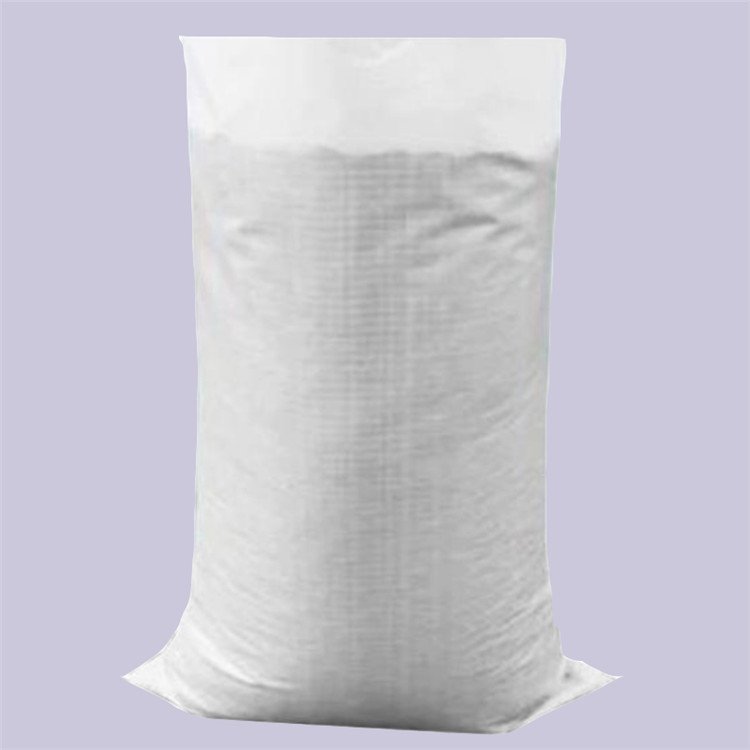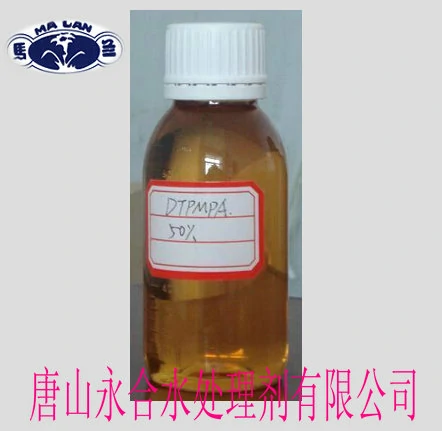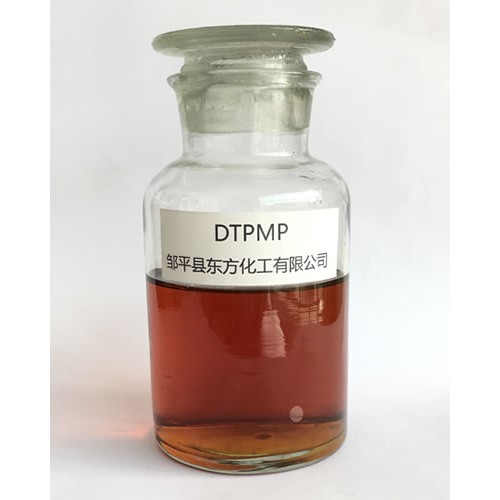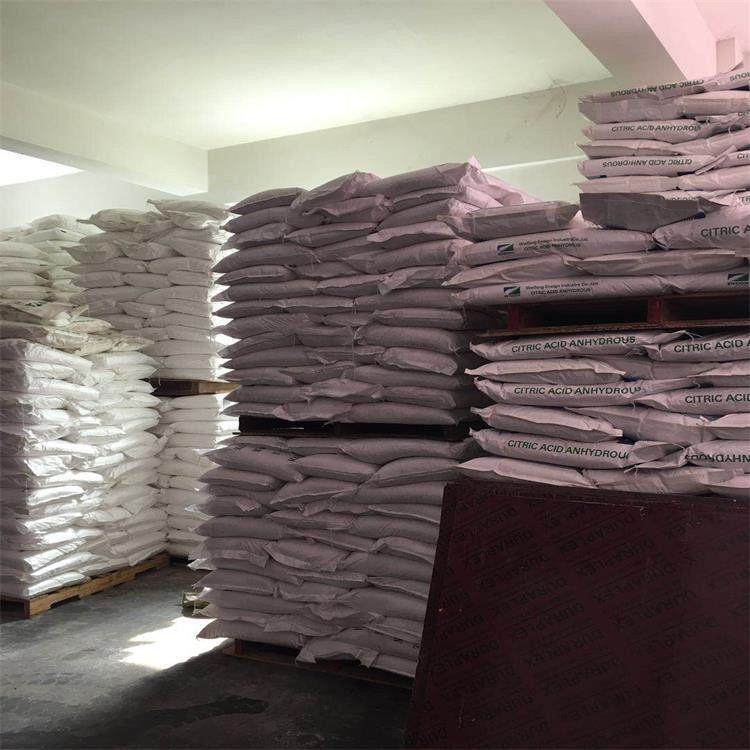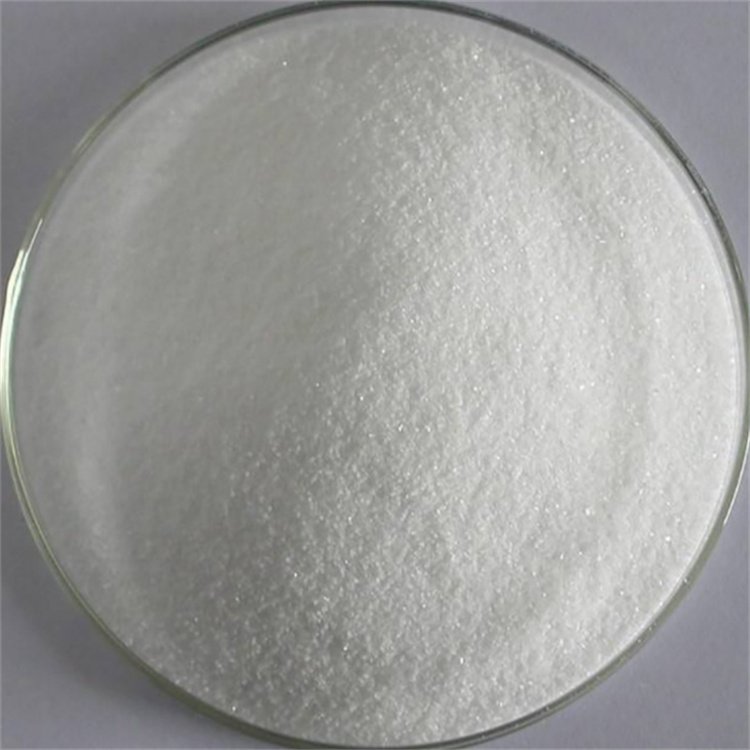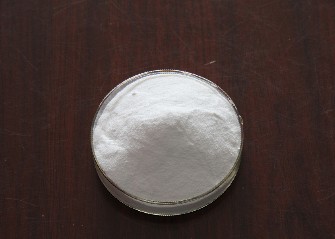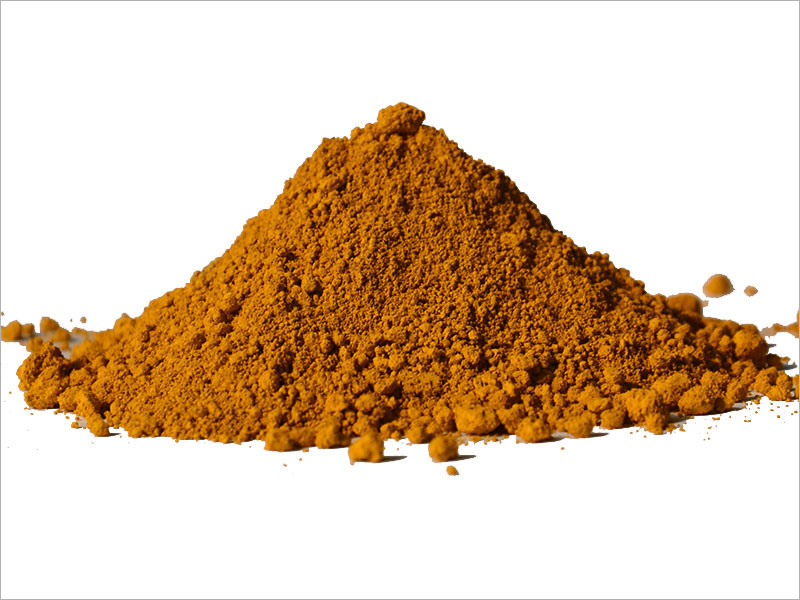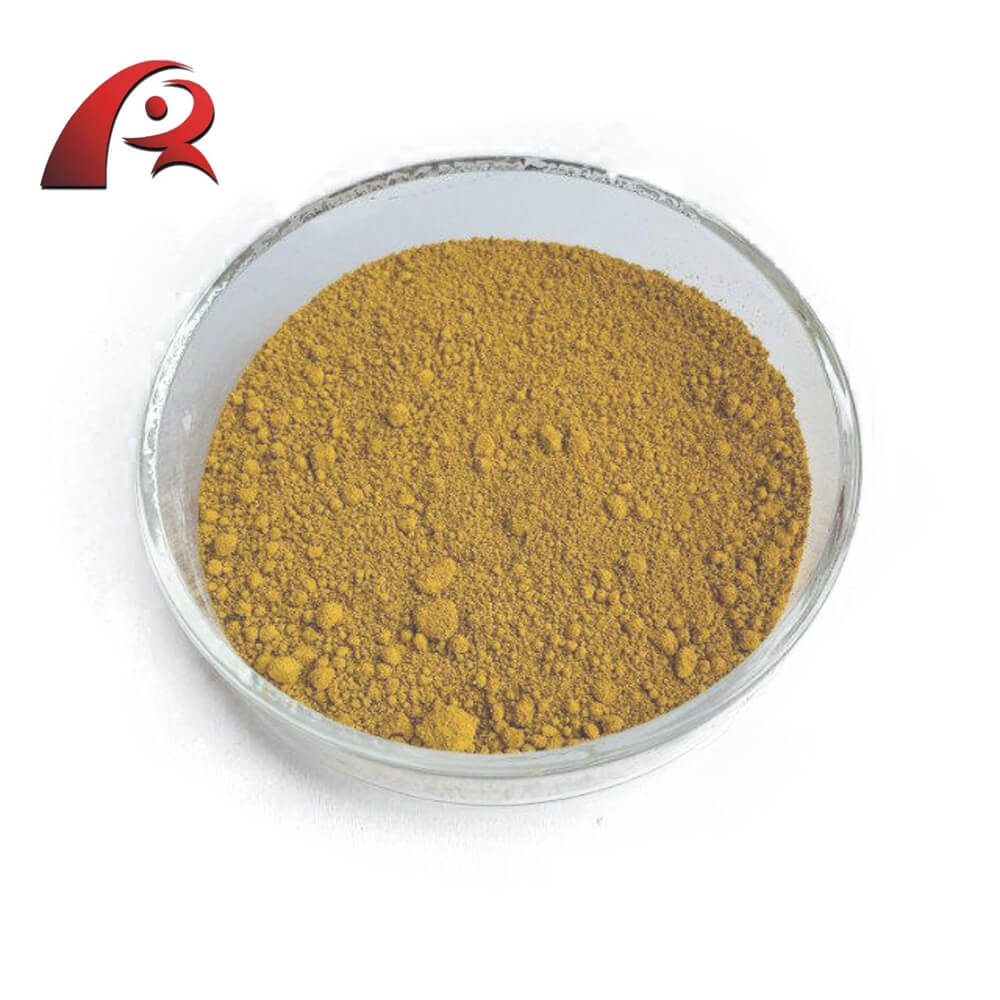Antioxidant
Other Auxiliary Agent
Petroleum Additives
Adsorbent
Water Treatment Chemicals
Rubber Additives
Adhesive Additives
Cross-Linking Agent
Flame Retardants
UV Absorbers
Organic Extractant
Resin Additives
Electronics Chemicals
Pesticide Additives
Building Chemicals
Plastic Additives
Oilfield Chemicals
Adhesive
Plastic Rubber Chemicals
Paper Additives
Molecular Sieve
Coating Additives
Textile Auxiliaries
Fluorescent Brightener
Polyethylene Glycol Derivatives
Coupling
Forest Chemicals
Leather Auxiliary Agents
Beneficiation Agents and Smelting Additives
Dye Auxiliaries
CAS:155-04-4
Molecular Formula:C14H8N2S4Zn
Alias
More Information
Zinc 2-Mercaptobenzthiazolate; Zenite; Zinc Mbt; Zmbt; Znmb; Zetax; Accelerator ZMBT(MZ); Usafgy-7; Pennaczt; 3H-Benzothiazole-2-Thione,Zinc-Salt; Oxaf; Vulkacitzm; 2-Mercaptobenzothiazole Zinc Salt; Bantex; 3H-Benzothiazol-2-Thion,Zink-Salz; 2(3H)-Benzothiazolethione,Zincsalt; 2-Benzothiazolethiol,Zincsalt(2
Brief Introduction
2-Mercaptobenzothiazole zinc salt has the characteristics of fast vulcanization promotion, low vulcanization flatness and no early vulcanization during mixing. It is widely used in rubber processing industry. It is an essential and efficient rubber vulcanization accelerator for natural rubber and synthetic rubber.
Suppliers
View More Vendors (3) >
CAS:156-62-7
Molecular Formula:CCaN2
Alias
More Information
Nitrolime; Aero Cyanamid Granular; Aero Cyanamid Special Grade; Nitrolim; Calcium Cyanamid; Cyanamid Granular
Brief Introduction
Lime nitrogen is mainly used in the production of carbendazim, benomyl and intermediate monocyandiamide. When used as fertilizer, because calcium cyanamide has strong alkalinity, it is suitable for acidic soil and is generally used as base fertilizer. When exposed to water, cyanamide is initially formed, which is toxic to plants, but it is quickly transformed into ammonia. This toxic effect makes plant leaves fall off, so it can also be used as herbicide, fungicide, insecticide and cotton defoliant. Calcium cyanamide can also be used as raw materials for the production of plastics and explosives. It can also be used for steel nitriding, gold and silver ore treatment, removal of nitrogen oxide in waste gas, removal of formaldehyde in waste water and corrosion inhibitor of brine.
Suppliers
View More Vendors (3) >
CAS:15827-60-8
Molecular Formula:C9H28N3O15P5
Alias
More Information
Dtpmp; Diethylenetriaminepenta(Methylene-Phosphonic Acid); Dtpmpa; Diethylenetriaminepentakis(Methylphos-Phonic Acid) Sol.; Phosphonic Acid, [[(Phosphonomethyl)Imino]Bis[2,1-Ethanediylnitrilobis(Methylene)]]Tetrakis-; [[(Phosphonomethyl)Imino]Bis[Ethane-2,1-Diylnitrilobis(Methylene)]]Tetrakisphosphonic Acid; Diethylene Triamine Pentamethylene Phosphonic Acid; Diethylene Triamine Penta (Methylene Phosphonic Acid)
Brief Introduction
This product is used as raw material for the synthesis of antibiotics in medicine, herbicides in pesticide industry and organic chlorides. It is suitable for alkaline circulating cooling water as scale and corrosion inhibitor without adjusting pH value, and can be used for oilfield water injection and cooling water with high barium carbonate content.
Suppliers
View More Vendors (3) >
CAS:19372-44-2
Molecular Formula:C10H14CaO4
Alias
More Information
Calcium 2,4-Pentanedionate Dihydrate; Acetylacetone, Calcium Derivative; Acetylacetone Calcium(II) SALT; Bis(2,4-Pentanedionato)Calcium; Bis(2,4-Pentanedionato)Calcium(2); Bis(2,4-Pentanedionato)Calcium(Ii); CAA; 2,4-Pentanedione,ion (1-), Calcium; Calcium, bis (2,4-Pentanedionato-o,o’); bis (Pentane-2,4-Dionato) Calcium; Calcium 2,4-Pentanedionate Hydrate; Calcium Acetylacetonate, Wacker Quality; Calcium 2,4-Pentanedionate 2-Hydrate
Brief Introduction
Calcium acetylacetonate can be used as an additive. It is the most commonly used heat stabilizer in the formulation of halogenated polymers, especially polyvinyl chloride. It is also used as a catalyst. It can also be used as resin crosslinking agent, resin hardening accelerator, resin and rubber additives, super conductive film, hot wire reflective glass film, transparent conductive film forming agent, etc. it is an environmental protection product instead of lead containing additives.
Suppliers
View More Vendors (3) >
CAS:20344-49-4
Molecular Formula:FeHO2
Alias
More Information
Iron(Iii) Hydroxide; Dodecacarbonyl-Triangulo-Tri-Iron; Ferric Acid; Ferric Oxide Yellow; Iron Dodecarbonyl; Dodecacarbonyltriiron(0); Tri-Iron Dodecacarbonyl; Iron Oxide Yellow; Dodecacarbonyltriiron; Iron(Iii) Oxide; Ferric Hydroxide Oxide; Ferric Hydroxide Oxide (Iron(Iii) Oxide
Brief Introduction
It is mainly used for coloring coatings, cement products, building surfaces, plastics and rubber
Suppliers
View More Vendors (3) >
Inquiry (
10
/ 10
)
Clear All
Sign In
Error!


